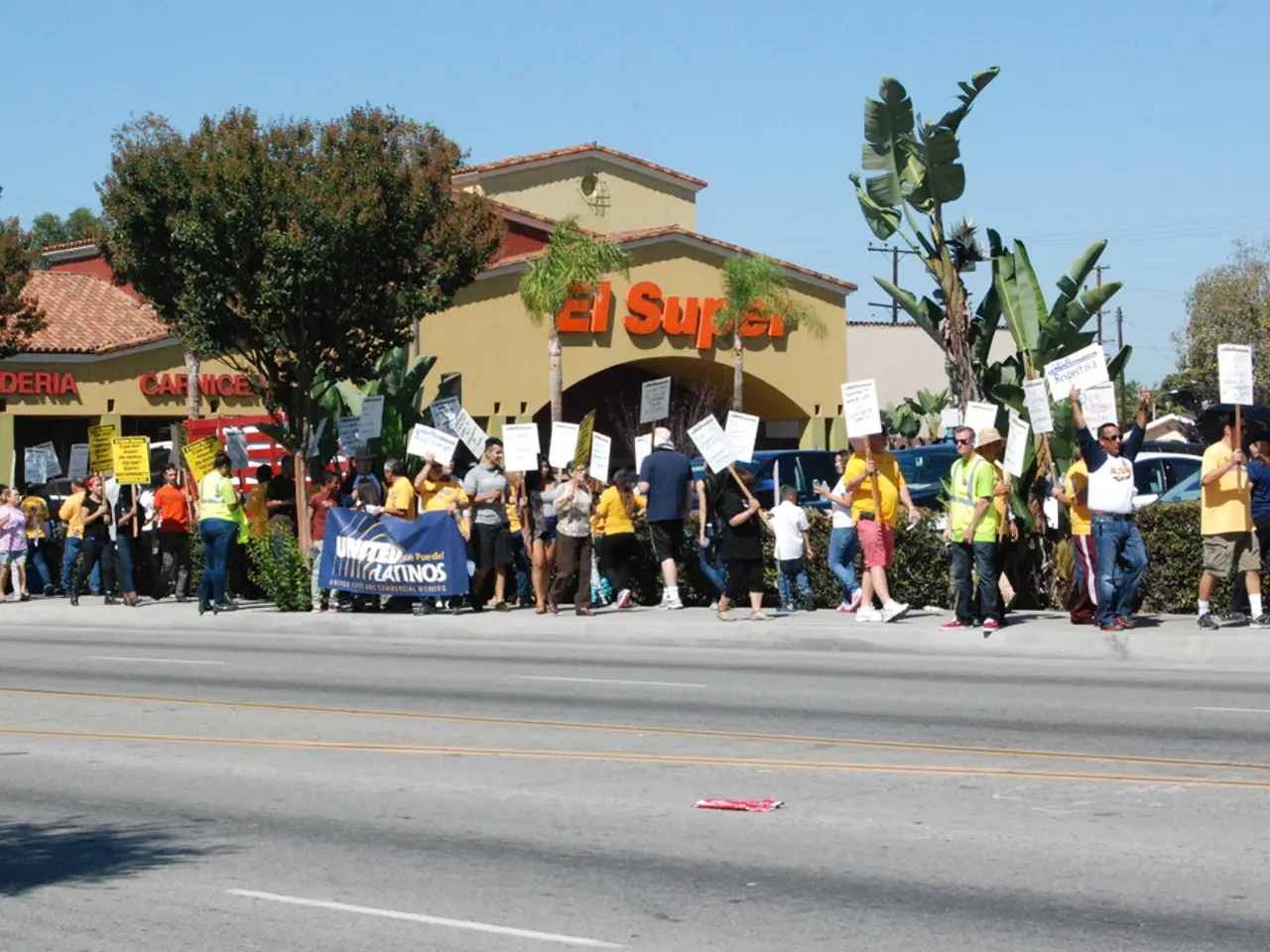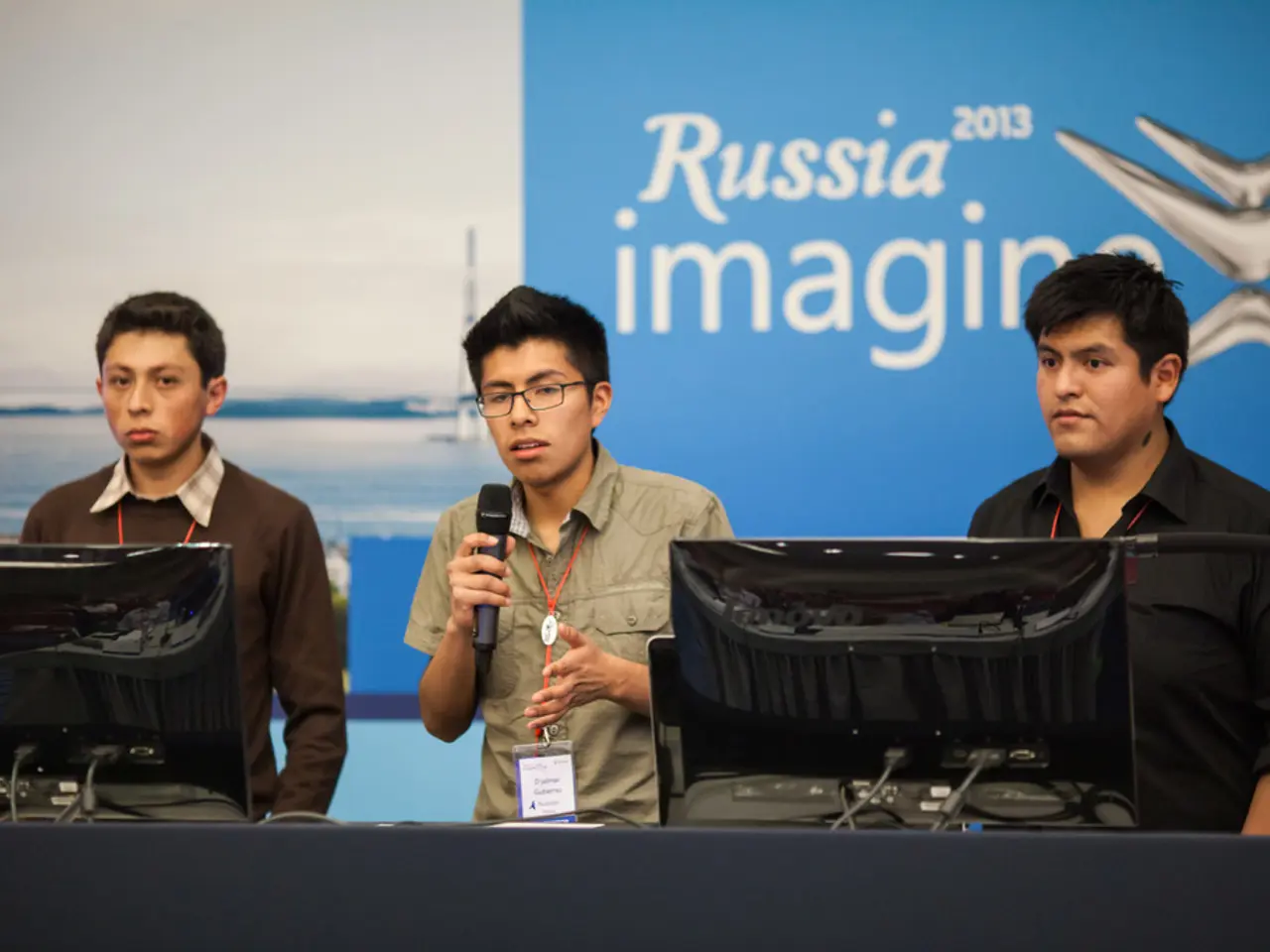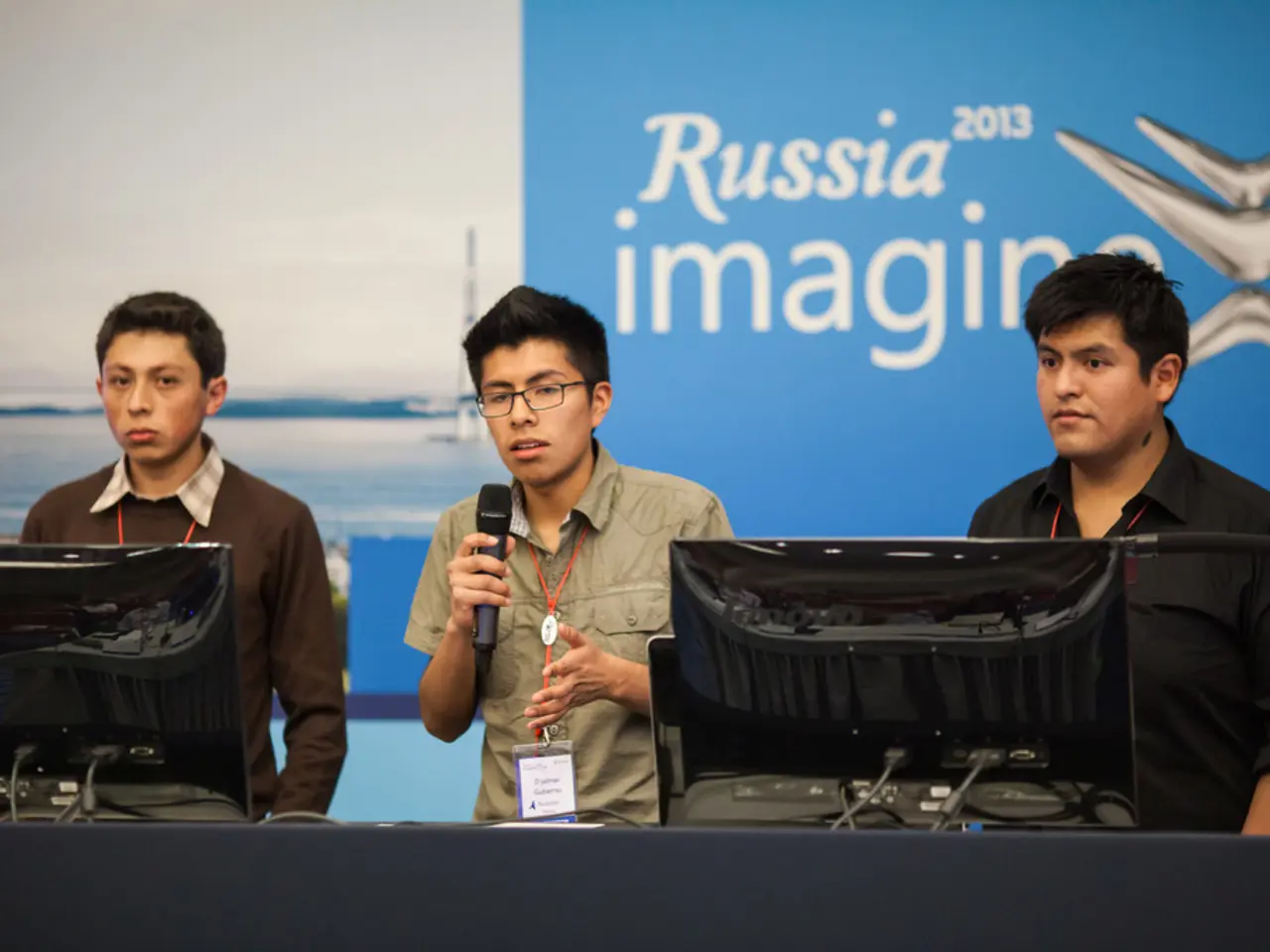Bomb Disposal in Dresden's Old Town Post-Evacuation: World War II Explosive Neutralized - Bomb Disarmed in Dresden's Historic District following evacuations during World War I.
In the heart of Dresden, Germany, history echoed once more as a 250-kilogram British-made bomb was discovered near the Carola Bridge during clearance work for a collapsed bridge in August 2025. This incident, part of an ongoing legacy from the intense Allied bombing campaigns of World War II, sent waves of evacuation across the city, affecting thousands of residents and tourists.
The bomb, equipped with a detonator, was a potential threat to the surrounding area, prompting the evacuation of approximately 17,000 people from a roughly 1-kilometer radius. Key landmarks, such as the Frauenkirche and the Zwinger, were among the affected sites. Numerous hotels and offices, including the regional court and the Saxon state chancellery, were also evacuated.
Specialists from the Explosive Ordnance Disposal service were called in to defuse the air bomb on-site. With around 330 police officers on duty, the bomb was safely defused, and the evacuation was lifted by early afternoon the same day.
This incident is reminiscent of Dresden's past, heavily bombed by Allied forces between February 13 and 15, 1945. The intense attacks resulted in thousands of unexploded ordnances left buried under the city. Remnants of World War II are still found in Dresden and other cities in Germany from time to time.
In January of the same year, around ten thousand people were affected by evacuations due to the discovery and defusing of a World War II bomb on the Carola Bridge. The bridge, severely damaged by the discovery and defusing of two World War II bombs, will need to be completely demolished and replaced.
The accident was caused by corrosion damage, a common issue with unexploded ordnances after decades underground. The discovery and handling of such bombs serve as a stark reminder of the ongoing hazards in former conflict zones. Similar large-scale evacuations due to WWII bombs have occurred elsewhere in Germany, including Cologne where over 20,000 people were evacuated in June 2025 after finding three unexploded American bombs.
During the Dresden evacuation, around 200 people found shelter at the exhibition center. The incident underscores the importance of vigilance and careful handling of historical artifacts, especially in cities with a heavy military history like Dresden. The city, known for its Baroque and Romantic architecture, continues to navigate its past and preserve its heritage amidst the challenges of the present.
The Commission, considering the continuing issues with unearthed World War II ordnance in Dresden and other cities, might be asked to submit a proposal for a directive on the protection of workers from the risks related to exposure to ionizing radiation during the handling of such historical artifacts, given the potential danger posed by these remnants of war-and-conflicts. This incident in Dresden also highlights the need for ongoing political discussions and general news coverage about the risks and management strategies for handling and safely defusing these WWII artifacts, as their discovery continues to disrupt the lives of thousands, impacting politics and daily life.






